
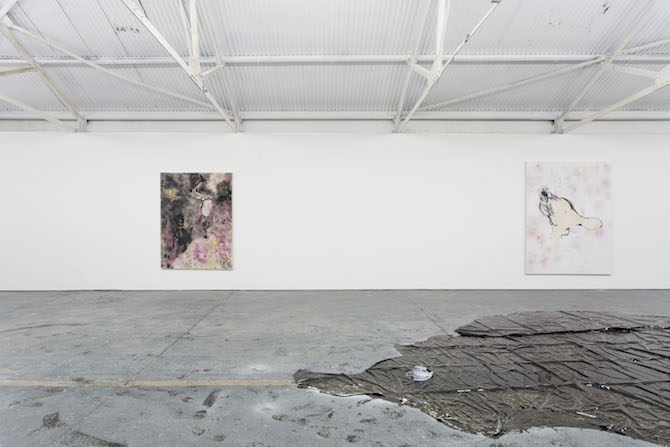
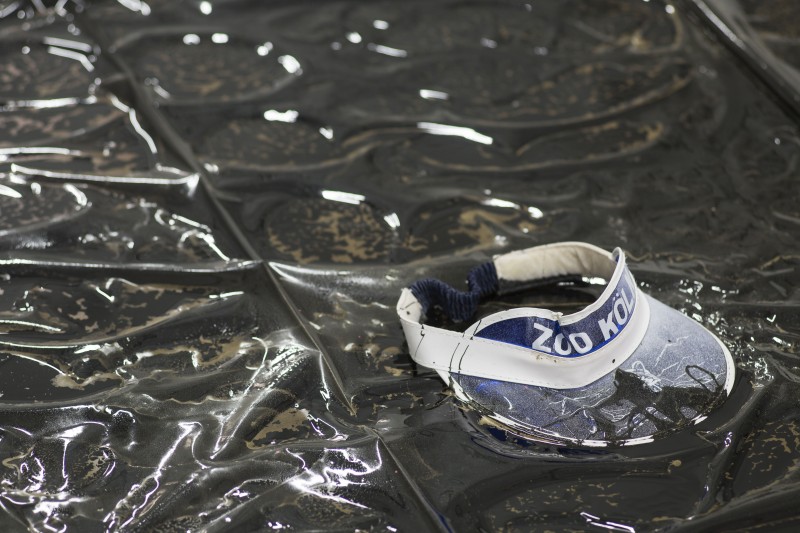 all images: ZOO KÖLN by Robin von Einsiedel at Bosse&Baum (24.10-14.12), Courtesy Oscar Proctor, © Robin von Einsiedel
all images: ZOO KÖLN by Robin von Einsiedel at Bosse&Baum (24.10-14.12), Courtesy Oscar Proctor, © Robin von Einsiedel
For the first and hopefully the last time in my life I have mistaken the torso of Diego Velasquez for the shape of a sausage. But luckily this embarrassing error did not happen at the Prado in Madrid, but instead while looking at a painting by British artist Robin von Einsiedel, trying to make sense of his peculiar compositions and motifs. Odd, cartoonish characters from kids' series and comics appear on abstract, sometimes even minimalist backgrounds, which seem to secretly play the lead role in the works. Robin concerns himself with materials – their manipulation and inherent relation between solid existence and cosmic emergence. Now, after recently graduating from RCA, the 1988-born artist shows his newest works in the exhibition ZOO KÖLN at Bosse & Baum, a young Peckham-based gallery that established its permanent space only this October. I asked Robin a few questions about his practice and about why Yogi-Bear and company keep on occupying the paintings and sculptures that he makes.
Anna-Lena Werner: In June you graduated at the Royal College of Art in London. Did your daily-life and practice change in any way, now that you are not a student anymore?
Robin von Einsiedel: A few of us from school organised a studio to move straight in to after finishing at the RCA. It has a grey floor and white walls. To be honest, it feels pretty much the same – though I now have an outside view of a car park instead of a building site.
Anna-Lena: How do you compose works? Is it a work-in-process or do you structure the paintings beforehand?
Robin: It is a mixture of both. I have sketchbooks filled with drawings, people, characters and things I can remember from when I was younger. Such as Yogi-Bear. I am playing with what this content represents in practice, so I put a lot of thought into it beforehand, without knowing how the elements are going to act together. I know something that I am working towards, but there is obviously always an uncertainty with how these paintings will end up. Which, I think, is important.
Anna-Lena: Do you mostly work during the day, or the night?
Robin: Mostly the day. Bedtime is at 22.00.
Anna-Lena: How are surfaces and the manipulation of surfaces with spray-paint, bitumen and polythene important for your practice?
Robin: The use of bitumen creates this cosmic effect, super black and shiny when poured and mixed with spray paint. They need to be active – whether you find them seductive or repellent. The bitumen retains its feeling of liquidity even when its dry. I suppose this makes the paint and muck and detritus, which cling to it, appear to float, turning these arbitrary materials and waste into something spaceless. Or it gives the feel of swimming in a polluted river. I like the fact that this grand gesture, something that perhaps looks like space, or like a solar dust cloud, is totally grounded in the mundane materials with which it is made.
Anna-Lena: Your paintings often incorporate motifs of kitsch, from comics or figures from children series. Why are they interesting for you?
Robin: In many old religious paintings the patrons, who commissioned the work, had themselves painted into the works they paid for. There is a vanity in this. I suppose these childhood characters are patrons of a sort, too. So it is not Lorenzo de' Medici, but a pervy Yogi or a tripped out Boo Boo.
Anna-Lena: Why did you name your current show at Bosse & Baum after the zoo in Cologne?
Robin: To be honest, I was given this Köln Zoo visor and just wanted to do something with it. I was on an exchange at the Kunstakadamie Düsseldorf at the time. It has been hanging around the studio for a while now. Thinking about how to hang the show, it led me to think about the exhibition space as a collection almost in the way a zoo is.
Anna-Lena: One of your paintings shows Yogi-Bear trying to catch a bird with a loop. He is a bit creepy, don’t you think?
Robin: In John Fowle’s novel The Collector an obsessive loner wins a lot of money and kidnaps a painting student from the Slade and keeps her shut-up in a deserted cottage. Maybe anyone who tries to catch something is a bit creepy.
Anna-Lena: The figure’s torso in the painting "▄█▀█●” looks like a sausage. Is there a story related to this figure?
Robin: The sausage is actually an upside-down, armless Diego Velazquez. I am thinking of his decision to include himself in Las Meninas – how the artist breaks the illusion of painting and acknowledges his role as an image-maker by placing himself in the very thing he is painting.
Anna-Lena: Is it shit on the head of the man's sculpture?
Robin: Not shit, a hairpiece.
Robin von Einsiedel
ZOO KÖLN
24.10 - 14.12.2014Bosse & Baum
Copeland Estate 133
Copeland Road
London, SE15 3SN
(entrance also via 133 Peckham Rye Lane, SE15 4ST)
Opening Hours: Thur - Sat, 12-18h
Artist's website: robineinsiedel.com
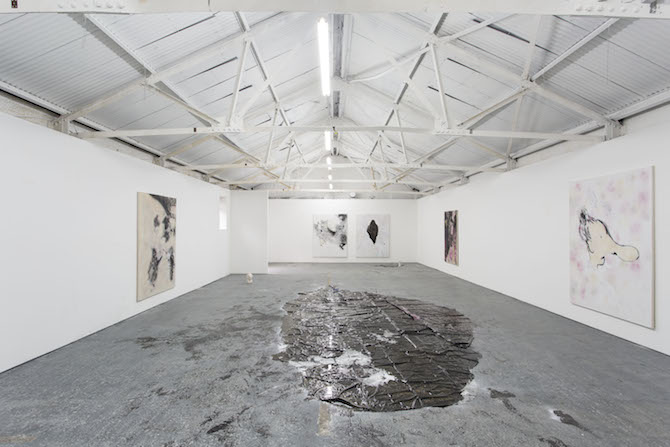
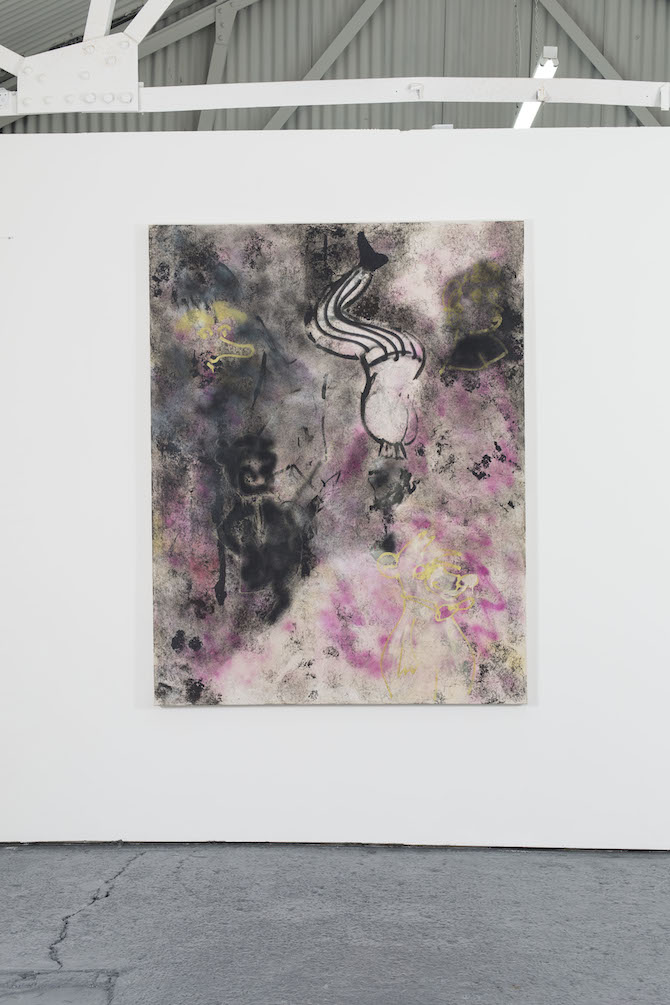
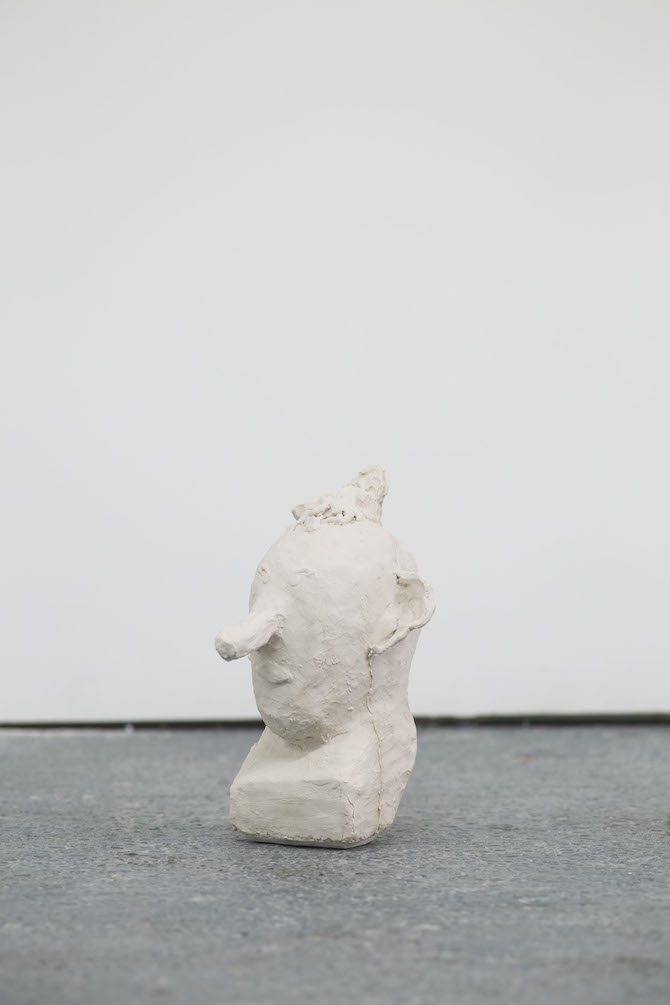
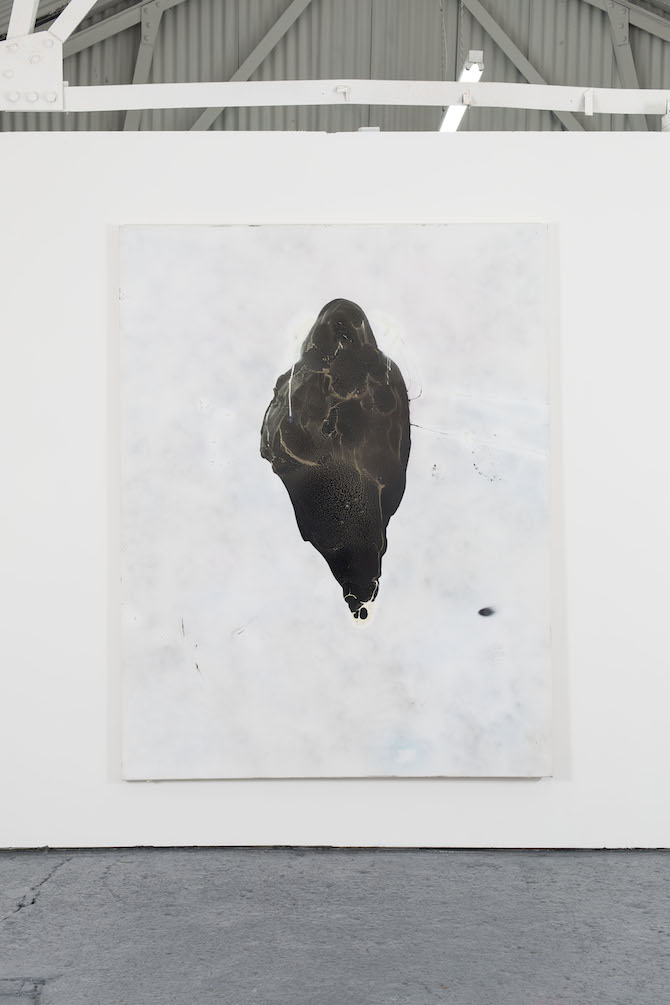
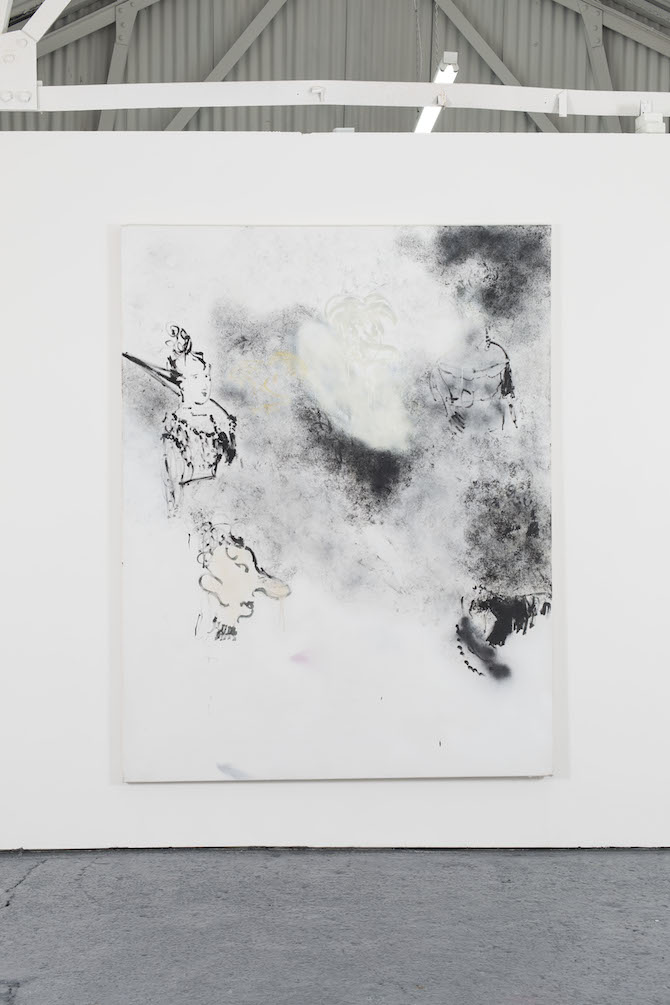
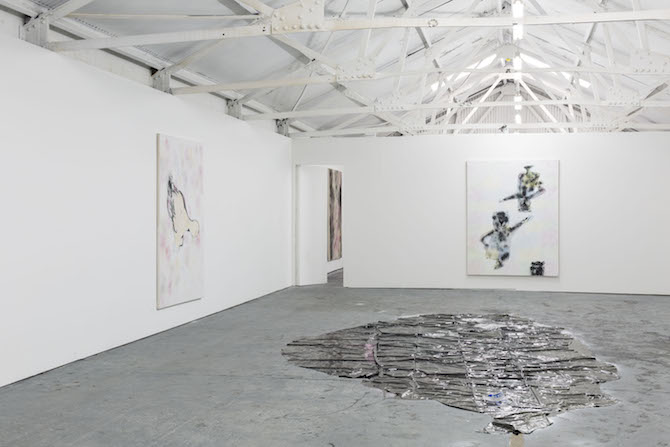 all images: ZOO KÖLN by Robin von Einsiedel at Bosse&Baum (24.10-14.12), Courtesy Oscar Proctor, © Robin von Einsiedel
all images: ZOO KÖLN by Robin von Einsiedel at Bosse&Baum (24.10-14.12), Courtesy Oscar Proctor, © Robin von Einsiedel
